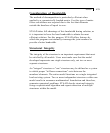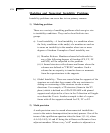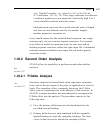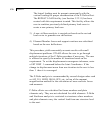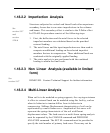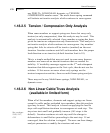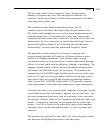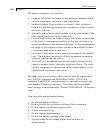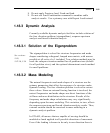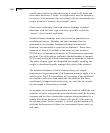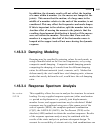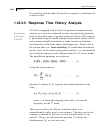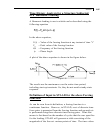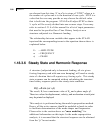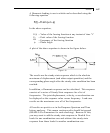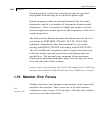
Section 1
1-81
8.
Do not apply Prestress load, Fixed end load.
9.
Do not use Load Combination command to combine cable
analysis results. Use a primary case with Repeat Load instead.
1.18.3 Dynamic Analysis
Currently available dynamic analysis facilities include solution of
the free vibration problem (eigenproblem), response spectrum
analysis and forced vibration analysis.
1.18.3.1 Solution of the Eigenproblem
The eigenproblem is solved for structure frequencies and mode
shapes considering a diagonal, lumped mass matrix, with masses
possible at all active d.o.f. included. Two solution methods may be
used: the subspace iteration method for all problem sizes (default
for all problem sizes), and the optional determinant search method
for small problems.
See sections
5.30,
5.32.10, 5.34
1.18.3.2 Mass Modeling
The natural frequencies and mode shapes of a structure are the
primary parameters that affect the response of a structure under
dynamic loading. The free vibration problem is solved to extract
these values. Since no external forcing function is involved, the
natural frequencies and mode shapes are direct functions of the
stiffness and mass distribution in the structure. Results of the
frequency and mode shape calculations may vary significantly
depending upon the mass modeling. This variation, in turn, affects
the response spectrum and forced vibration analysis results. Thus,
extreme caution should be exercised in mass modeling in a
dynamic analysis problem.
In STAAD, all masses that are capable of moving should be
modeled as loads applied in all possible directions of movement.
Even if the loading is known to be only in one direction there is



